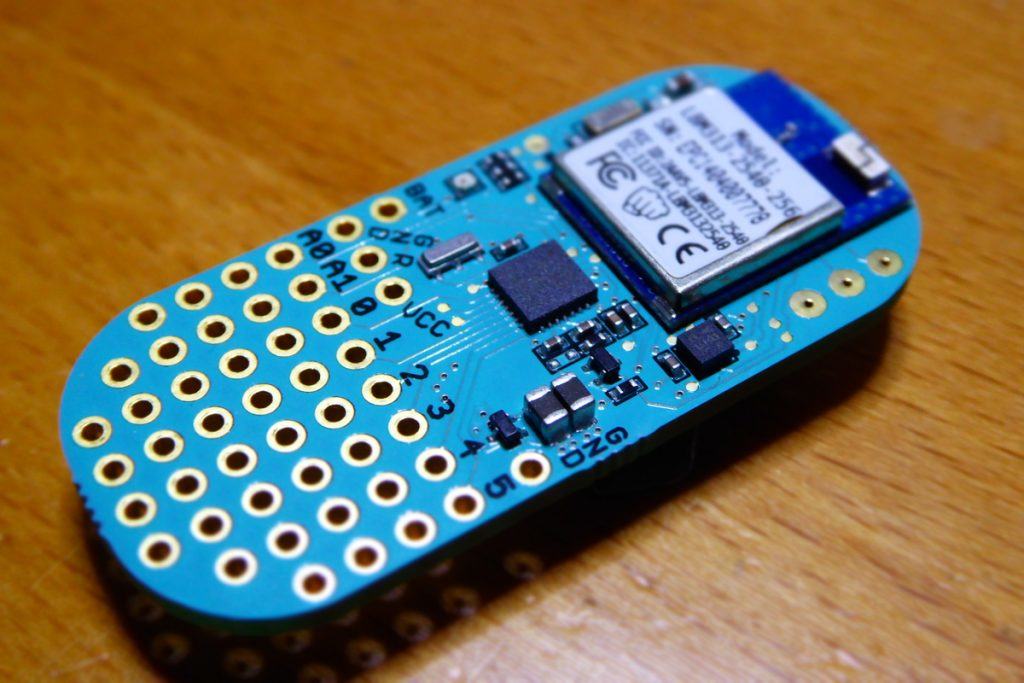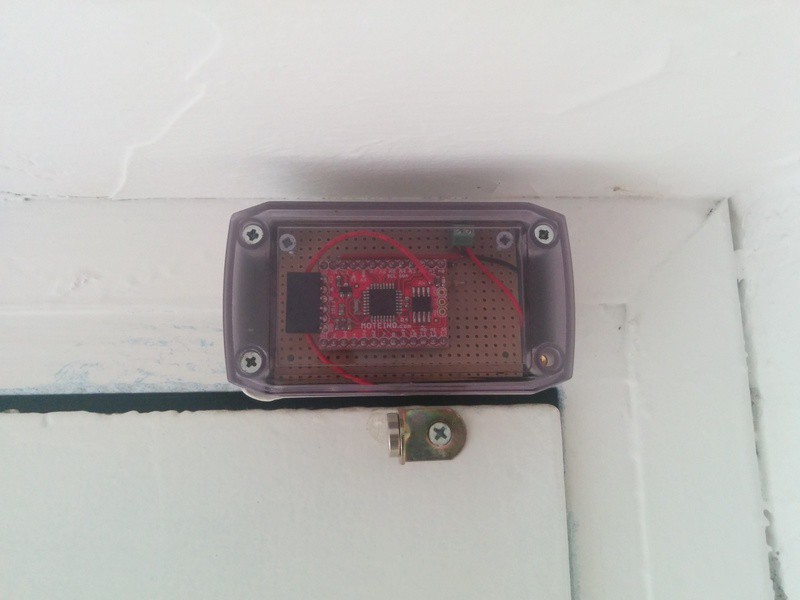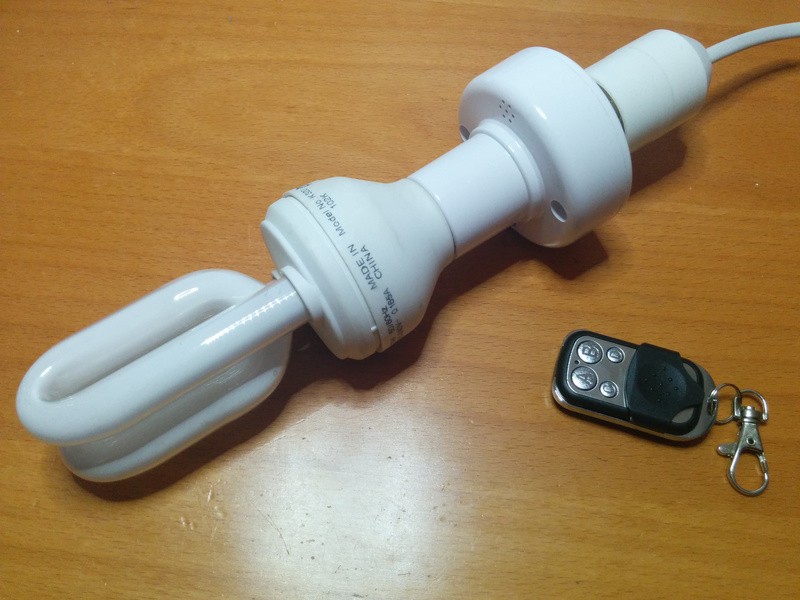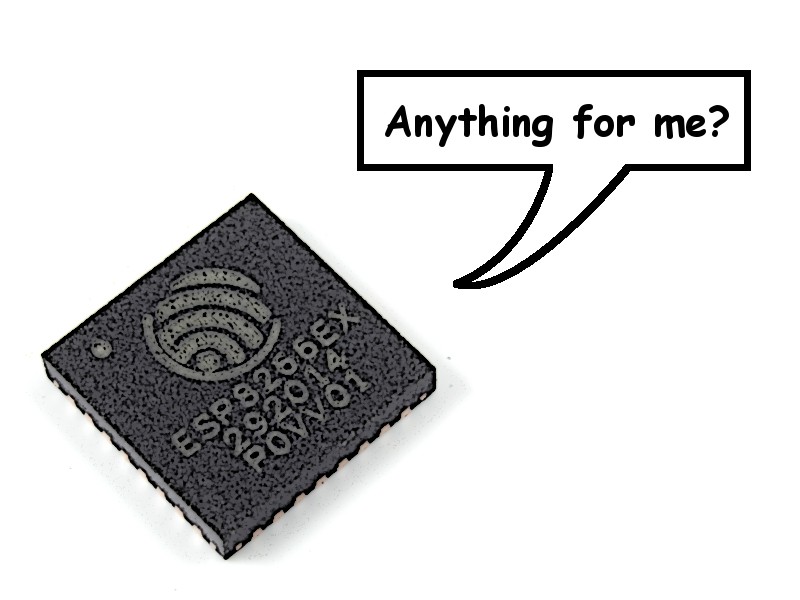![]()
Using the new Bean Loader CLI from PlatformIO
Last Thursday PunchThrough, the people behind the LightBlue Bean and Bean+ boards, released their new Bean Loader, the application that allows you to upload new sketches to your beans. The great news about this is that, for the first time (!!!) the Bean Loader supports Linux!!! Yeeeha!
So I quickly looked for my 4 Beans that have been sad and forgotten in a components box for the last 2+ years and put them to work....
![]()
4Duino-24 upside down
A few weeks ago the 4D Systems announced one of its latest products: the 4Duino-24, an Arduino compatible display module with built in 240x320 resolution TFT LCD Display with Resistive Touch and an ESP8266 ESP-06 module on board.
it looked like a great product for a home automation control panel, although the screen could have been bigger. Anyway I contacted the people at 4D Systems and they were kind enough to send me a sample to review, and hack!...
![]()
Manage and persist settings with Embedis
For months I've been searching for a settings manager for my Arduino and ESP8266 projects. There are basically two issues to take care of:
On memory settings or** how do you access to the configuration values** from your code Persistence or how do you store the configuration across reboots For the first issue common solutions in high level languages are key-value solutions in the form of containers or hash arrays....
![]()
MQTT LED Matrix Display
My MQTT network at home moves up and down a lot of messages: sensor values, triggers, notifications, device statuses,… I use Node-RED to forward the important ones to PushOver and some others to a Blynk application. But I also happen to have an LED display at home and that means FUN.
LED displays are cool. Your team's score, your number in the IRS queue, the estimated arrival time for your next commute,… Now that TVs are replacing LED displays (like the later did with the electromechanical ones) they have acquire an almost vintage-status....
![]()
Optimizing files for SPIFFS with Gulp
The ESP8266 flash layout defines a series of blocks of memory for each “partition”. There is a block for the user code (the “sketch”), there is a block for the OTA update file, another one for the emulated EEPROM, another for the WIFI configuration and one for the File System.
This last one uses Peter Andersson's SPIFFS (SPI Flash File System) code to store files in a similar fashion our computers do, but taking into account the special requirements of an embedded system and a flash memory chip....
![]()
Moteino Door Monitor
Some days ago I posted about the RFM69 to MQTT gateway based on the ESP8266 I am working on. Over these days I've been fine tuning the gateway at the same time I was migrating one of my home sensors to Moteino: the Door Monitor. The previous version was based on an XBee radio and has been on duty for almost 3 years and a half. Real life battery time has been around 3 months for a CR2032 coin cell, which is not bad at all, but still…...
![]()
New firmware for the Slampher
Some weeks ago I received a parcel from Itead. Previously, I had written about the Sonoff and they were kind enough to send me two more of their home automation products for me to review: the S20 Smart Socket I wrote about two weeks ago and the Slampher.
The Slampher comes in a simple cardboard box with no documentation at all... just visit their wiki! The Slampher is kind of a Sonoff RF that sits before any light bulb with an E27 screw....
![]()
RFM69 WIFI Gateway
Some 3 years ago I started building my own wireless sensor network at home. The technology I used at the moment has proven to be the right choice, mostly because it is flexible and modular.
MQTT is the keystone of the network. The publisher-subscriber pattern gives the flexibility to work on small, replaceable, simple components that can be attached or detached from the network at any moment. Over this time is has gone through some changes, like switching from a series of python daemons to Node-RED to manage persistence, notifications and reporting to several “cloud” services....
![]()
ESP8266 calling home
Firmware over-the-air (OTA) is great. It makes you shiver whenever you throw an update to one of your devices. The ArduinoOTA library for ESP8266 is so easy to use it's almost magic. But once you have several devices deployed you start to think one step further.
Here I'm going to talk about two different options: writing an automated deployment script that performs OTA updates or giving your device the ability to call home querying for new updates, downloading them and flash itself into the latest version available....
![]()
Your laundry is done
Have you ever forgotten your wet clothing inside the washer for a whole day? I have. Even for two days. They smell. You have to wash them again and you know you might end up forgetting about them again!
Actually that is happening to me since me moved to an old house in a town north of Barcelona. Instead of having the washer in the kitchen, like we used to, now we have it in the cellar, in a place I don't normally pass by to notice the laundry is done....









